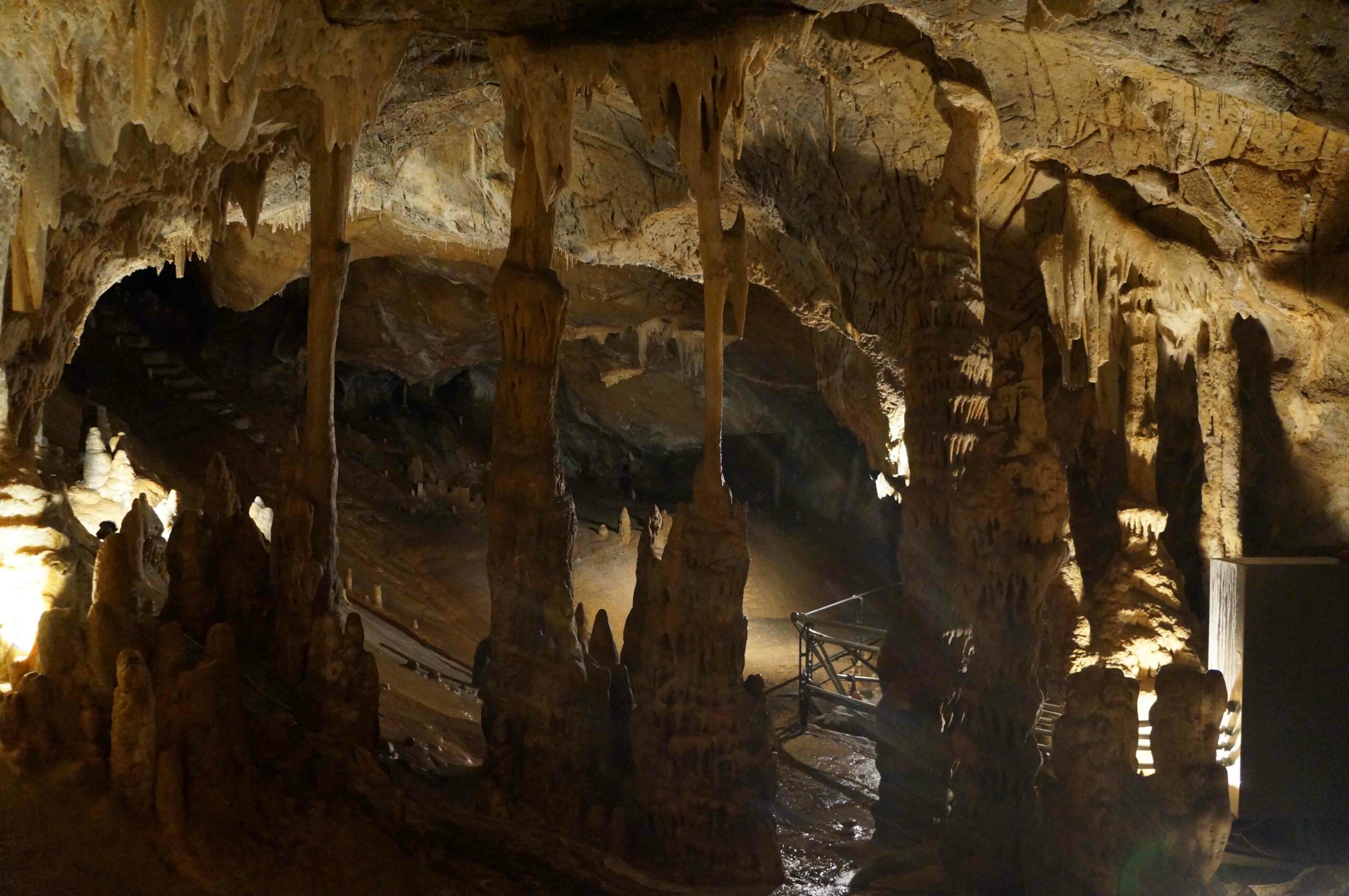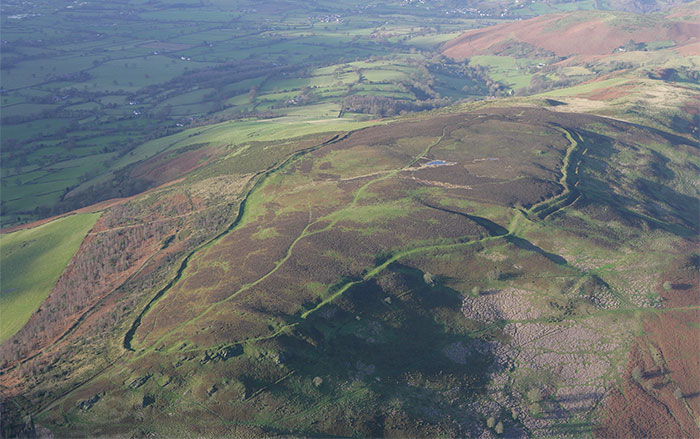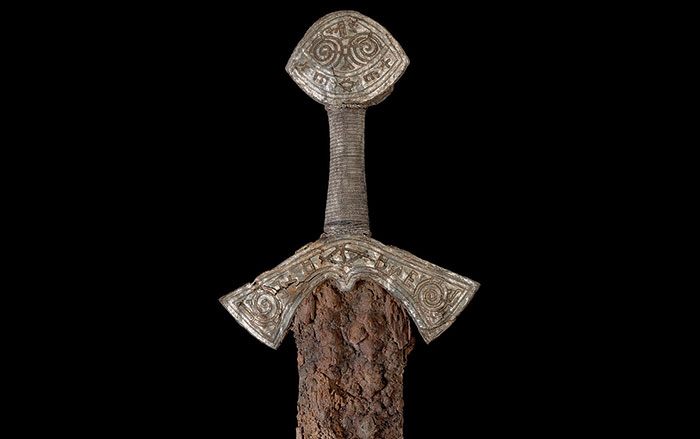
A team led by Stefano Benazzi of the University of Bologna has discovered the earliest known evidence of dental work in a 14,000-year-old molar from a male skeleton found in northern Italy in 1988. Examination of the tooth with a scanning electron microscope revealed striations consistent with scratching and chipping with a sharp stone tool, apparently to remove decayed material. Enamel in the area of the cavity is worn away, suggesting the treatment occurred long before death. Benazzi believes that the likely very painful practice of removing tooth decay probably evolved from the use of wooden and bone toothpicks, many of which have been found at Paleolithic sites.












